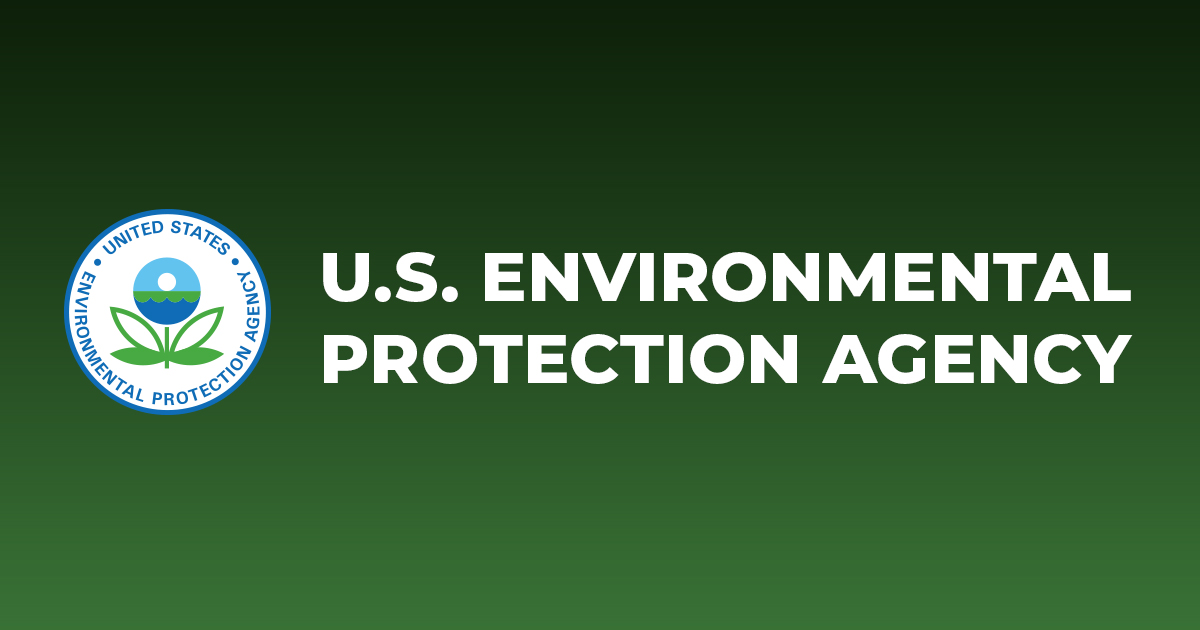Submarine_MiG
Registered
Hi everyone!
I've got a question that's been bugging me, and I'm hoping some of you might help me out. Recently, I heard about two new wreck dive sites being set up in Thailand, and it got me thinking... What goes into making these? I mean, you can't just drop a ship in the ocean and call it a day, right?
So, here I am, super curious but kinda clueless about the whole process. Here’s what I’m wondering:
Thanks a ton for helping a fellow diver out!
Cheers,
Submarine_MiG
I've got a question that's been bugging me, and I'm hoping some of you might help me out. Recently, I heard about two new wreck dive sites being set up in Thailand, and it got me thinking... What goes into making these? I mean, you can't just drop a ship in the ocean and call it a day, right?
So, here I am, super curious but kinda clueless about the whole process. Here’s what I’m wondering:
- Picking the Spot:
- How do they decide where to sink a ship for a dive site? There’s gotta be more to it than just randomly choose. Are there environmental checks to make sure they’re not disrupting the local sea life?
- Ship Makeover:
- Before a ship becomes an artificial reef, what kind of prep work is needed? I'm guessing they have to clean it up and remove anything harmful, but what exactly does that involve?
- The Rules:
- Is there a bunch of red tape to get through before you can sink a ship on purpose? Who gives the thumbs up, and how do they make sure it’s all good for the ocean and the critters living there?
- Why Do It:
- Apart from giving us divers something cool to explore, what’s the bigger picture? Is there a conservation angle, or is it more about creating new habitats for marine life?
Thanks a ton for helping a fellow diver out!
Cheers,
Submarine_MiG






